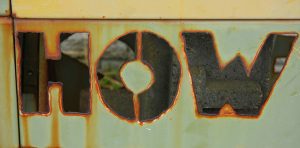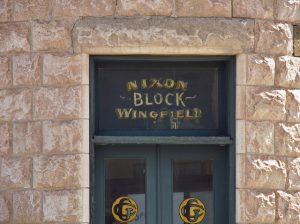Want to know how to paint glass?
Creating backpainted glass is easy, but despite that, many people don’t know how to paint glass. The good news is that backpainting glass doesn’t require any special tools or skills. Even better, you can complete a glass painting project in as little as a few hours. Here are a few things to know about painting glass.
When you are planning a glass painting project, plan to use glass paint! Ordinary paints aren’t designed to stick to glass. You can get paint to dry on glass, but it won’t stay put, and it won’t stand up to humidity, sunlight or mechanical contact. Glass paint bonds to the surface of the glass, and will not chip, fade or peel
Here’s how to paint glass!
The glass is the starting point in a glass paint project. The glass should be cut or sized to fit the final space – whether that’s a wall, a backsplash or a table top. Since you’ll be backpainting the glass, you’ll need enough horizontal work space to move around the glass while you’re painting. You’ll also need to allow the glass to dry between coats. Laying the glass flat means that you can eliminate problems with drips or runs. Since glass is heavy, you’ll need to fully support the glass while you’re working on it. Consider using a large sheet of plywood to support your glass sheet.
Once you have your glass cut, you can start painting. Glass requires minimal surface preparation, but don’t skip this step. To prep the glass surface for painting, you’ll need standard rubbing alcohol, steel wool and the cheapest paper towels you can find. Wash the glass down with the alcohol, and remove any surface dirt with steel wool. Use the paper towel to dry the glass until it’s “squeaky clean.” (Literally.) Don’t be tempted to use expensive paper towels or lint-free cloths. More expensive paper towels will leave paper fibers behind on the glass. The cheapies are definitely the way to go.
Now you can paint! You can apply the paint with whatever painting tools you prefer – brushes, rollers, sponges or sprayers. A high-volume, low-pressure sprayer – which you can find in a home improvement store – will provide the most professional coverage. It will also make your paint go farther! Finally, it will minimize the amount of time you need to wait before applying additional coats of paint.
Installing the finished product
Once your glass is painted and dried, you can install the glass using a quality neutral-cure silicone adhesive. Apply the adhesive to the painted side of the glass. The adhesive will not show through on the reverse side when you hang the glass. If you’re using a very heavy piece of glass, you may want to use mirror mastic for extra strength. Like the silicone adhesive, the mirror mastic will not show through the cured paint.
Glassprimer™ glass paint can be tinted to match any manufacturer’s paint palette. If you’d like more information about Glassprimer™ glass paint, or you’d like to place an order, please visit the rest of our site.
Photo Credit: Greg Nehring, via Flickr



